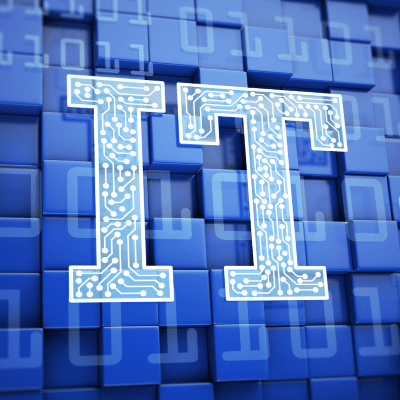|
Getting your Trinity Audio player ready...
|

IT management involves a range of essential categories crucial for the successful planning, implementation, and maintenance of an organization’s information technology infrastructure. Some key categories under effective IT management include:
IT management involves a range of essential categories crucial for the successful planning, implementation, and maintenance of an organization’s information technology infrastructure. Some key categories under effective IT management include:
- Strategic Planning:
- Developing and aligning IT strategies with overall business goals and objectives.
- Project Management:
- Planning, executing, and overseeing IT projects to ensure they are delivered on time and within budget.
- IT Governance:
- Establishing policies, procedures, and decision-making frameworks to ensure responsible and ethical use of IT resources.
- Infrastructure Management:
- Overseeing the design, implementation, and maintenance of IT infrastructure, including networks, servers, and hardware.
- Security Management:
- Implementing measures to protect IT systems and data from unauthorized access, cyber threats, and other security risks.
- Data Management:
- Ensuring the effective storage, retrieval, and management of organizational data, including databases and data governance.
- Application Management:
- Managing the lifecycle of software applications, including development, deployment, maintenance, and retirement.
- IT Service Management (ITSM):
- Implementing and managing IT service processes to meet the needs of the organization and its users.
- Vendor and Contract Management:
- Managing relationships with IT vendors and overseeing contracts for hardware, software, and services.
- Budgeting and Financial Management:
- Planning and managing budgets for IT initiatives, ensuring cost-effectiveness and financial accountability.
- Risk Management:
- Identifying, assessing, and mitigating risks related to IT operations, projects, and security.
- Change Management:
- Implementing processes to manage changes to IT systems and ensuring minimal disruption to operations during changes.
- Compliance and Regulatory Management:
- Ensuring that IT practices and systems comply with relevant laws, regulations, and industry standards.
- Disaster Recovery and Business Continuity:
- Planning for and implementing strategies to recover IT systems and maintain business operations in the event of a disaster or disruption.
- User Support and Helpdesk Management:
- Providing support services to end-users, including helpdesk support and troubleshooting.
These categories collectively contribute to effective IT management, allowing organizations to leverage technology to achieve their business objectives while ensuring security, efficiency, and compliance with industry standards.
Learn more about TWINTEL or call us at (888) 428-0599 or schedule a meeting today.
Click Here To Claim Your FREE Assessment and Action Plan
Mark Johnson is a passionate technology professional with over 11 years of experience in the Managed Services IT space and a wide variety of industry-leading certifications. Mark’s extensive Managed IT experience and aptitude for quickly learning and adapting to new technologies has equipped him to offer valuable insight across a broad spectrum of business technology solutions.
